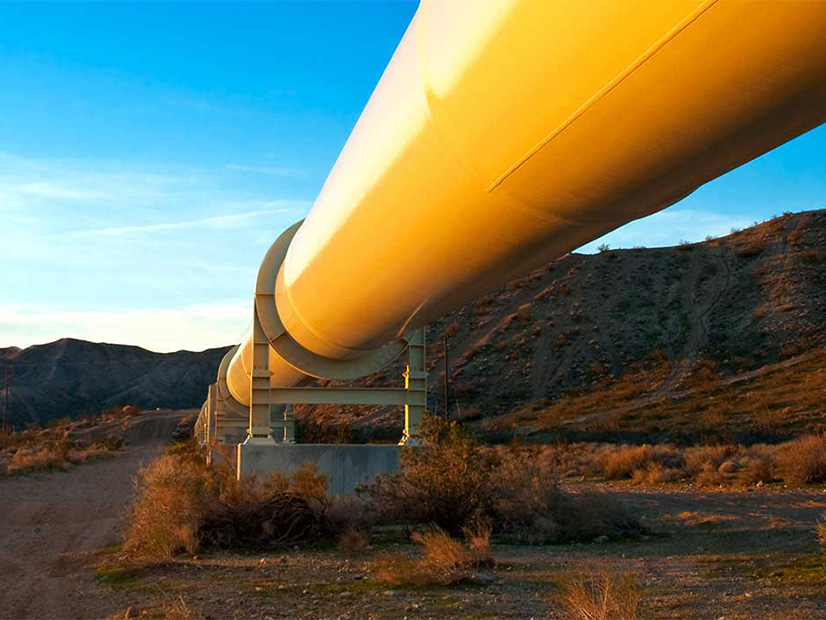FERC on Jan. 4 ordered Linde Inc. and Northern Indiana Public Service Co. (NIPSCO) to pay a combined $66.7 million in disgorgement and penalties for violating rules related to MISO’s demand response program (IN24-3).
The order approves a consent agreement between Linde and NIPSCO, which requires Linde to pay $48.5 million in disgorgement and $10.5 million in civil penalties and NIPSCO to pay $7.7 million in disgorgement. The order also mandates that Linde complete compliance training to participate in MISO’s markets in the future and outlines steps NIPSCO must take to issue refunds to affected customers.
Linde’s Calumet Area Pipeline Operations Center (CAPOC), located in northwest Indiana and distilling gases such as oxygen and nitrogen for industrial or medical use, was found to have engaged in deceptive practices within MISO’s demand response resource Type 1 (DRR-1) asset program. This resulted in unfair advantages, market price distortions and adverse effects on other market participants and consumers.
MISO operates two demand response programs, including DRR-1, which allows participants to offer load reductions during peak demand periods and receive compensation for reducing their energy use in response to grid needs.
MISO requires DRR-1 participants selling energy to “respond to the transmission provider’s directives to start, shut down or change output levels of resources, in accordance with the terms specified in the offer,” and compensates DRR-1 assets at the LMP for the difference between a unit’s baseline and its actual load.
When MISO accepts DRR-1’s asset load reduction offer, it is called an event day, while other days are called nonevent days. Only on event days are participants expected to actively reduce their load.
Linde was found to have manipulated the DRR-1 program for about five years by artificially inflating its baseline load during nonevent days and then reducing operations during event days, thereby collecting payments based on this discrepancy without changing pre-planned operations when called upon by MISO.
This manipulation created a false impression of significant load reduction at Linde’s CAPOC. In reality, Linde did not reduce its energy or consumption levels. Consequently, Linde was awarded undue payments from MISO, while NIPSCO, which earned an administrative fee equal to 5% of Linde’s DRR-1 revenues because it sponsored Linde’s participation, also received inappropriate payments and was found to be in violation.
The Linde and NIPSCO case mirrors previous incidents in demand response markets.
In October, the Independent Market Monitor for MISO advocated for new rules in the demand response program after uncovering unfair gaming strategies by some market participants. (See IMM Presses MISO for New Rules After DR Market Gaming.)
Similarly, in August, FERC fined Big River Steel, an Arkansas steel mill operator, for its multiyear manipulation of MISO’s demand response programs to obtain undue payments without actual load reduction. (See FERC OKs $21M Settlement in Arkansas Steel Mill’s DR Scheme in MISO.)
FERC’s order not only mandates that Linde and NIPSCO pay their penalties and disgorgement within an unspecified time frame for past violations, but also imposes stringent conditions on Linde for future participation in MISO’s DRR-1 program. Conditions include providing advance notification to MISO of its intentions, demonstrating evidence of compliance training and submitting annual reports on its DRR-1 activities for the next three years.


